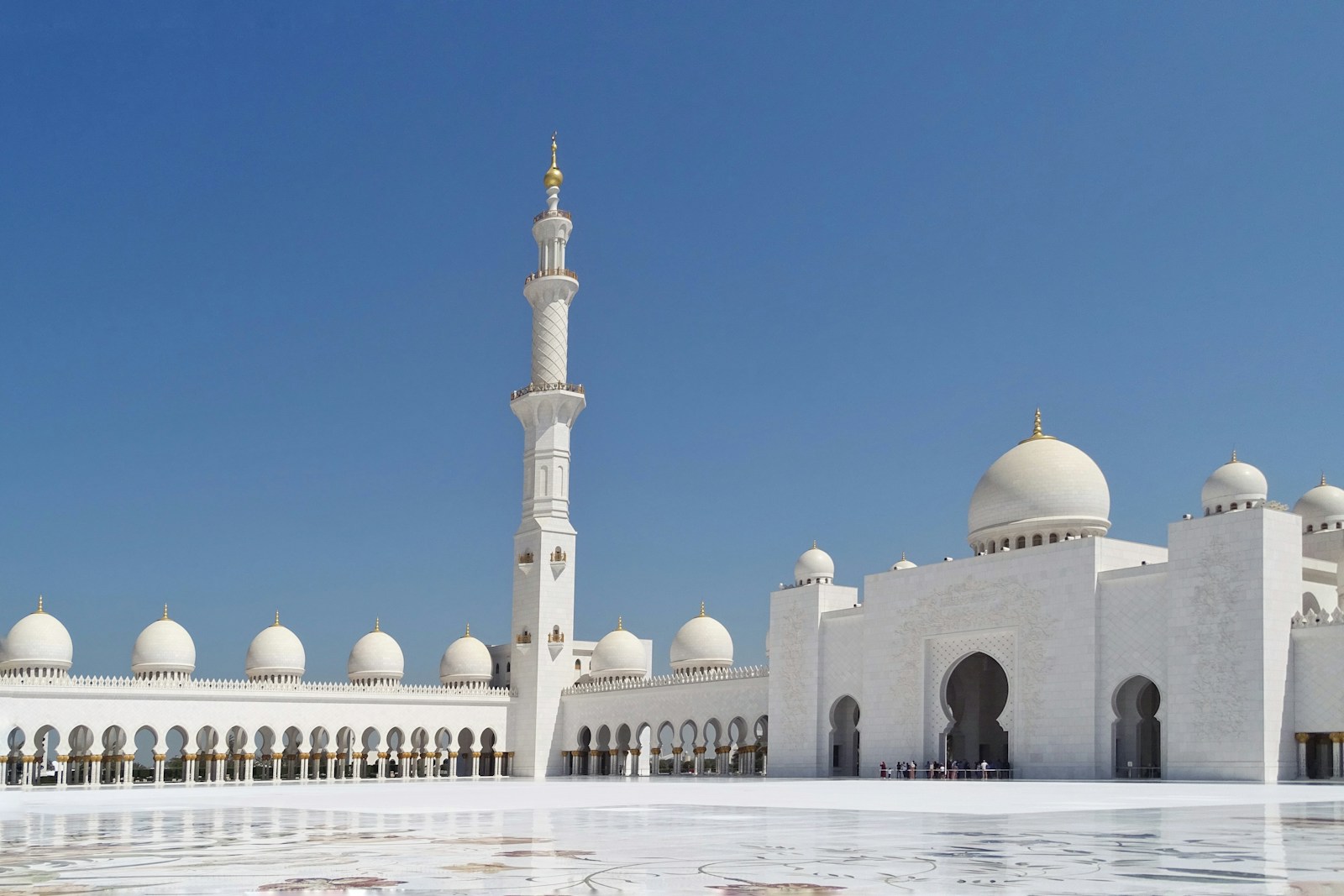
arquitectura religiosa

religious architecture
Religious architecture is a term used to designate buildings whose primary purpose is to host religious search services or prayers. It is a style paramount to the architectural designs of churches, mosques, temples, and synagogues among others. Religious architecture often tends to have a distinctive structure depending on the religion, such as crosses for Christian places of worship or domes and minarets for Islamic structures. The 'arquitectura religiosa' gives a peek into the religious, spiritual, and cultural history of a place.
Example sentences using: arquitectura religiosa
La arquitectura religiosa es un reflejo de la cultura de una sociedad.

Religious architecture is a reflection of a society's culture.
This sentence refers to how the religious structures built by a society mirror its cultural beliefs, traditions, and values. In broader terms, architecture is often seen as a physical manifestation of a society's cultural identity.
Fascinado por la arquitectura religiosa, visitó cada iglesia en el pueblo.

Fascinated by religious architecture, he visited every church in the village.
This sentence describes a person who has a keen interest in religious architecture, and so they visit every church in a village. The interest could be due to various reasons like academic study, appreciation of art or history, personal beliefs, or simple curiosity.
El curso de historia cubrió el desarrollo de la arquitectura religiosa en el medioevo.

The history course covered the development of religious architecture in the Middle Ages.
This sentence describes a history course where part of the curriculum is to study the religious architecture of the Middle Ages. The aim is to teach students about the architectural styles, methods, and techniques preferred during this period and how they reflect the religious beliefs of the time.